Plate Compactor Manufacturer
We specialize in handheld plate compactors, featuring high-strength steel, curved bottom plates for stability, and a hardened pulley cover design to protect the clutch and belt.
Our versatile compactors are perfect for large surfaces and confined areas, featuring durable components, a protective frame, and a foldable handle for easy storage and reliable operation.
- Single Direction or Reversible Direction
- Diesel or Electric Power
- 20 Degrees Limited Grade Ability
- 15-25 m/min Travel Speed
- Manual, Electric, Recoil Starter
By Types
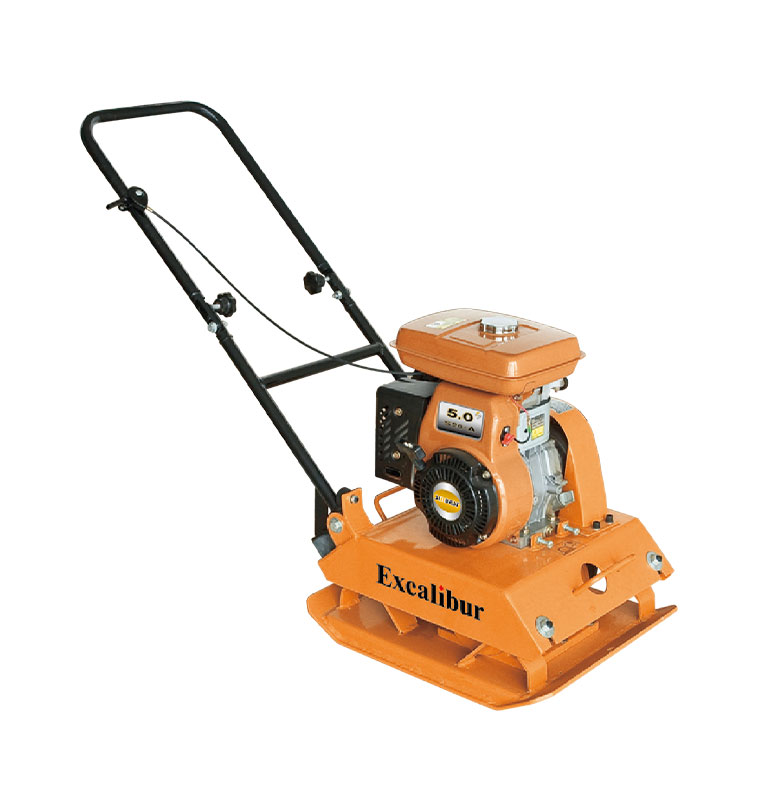
Single Direction
- Single Direction Vibratory Plates move forward only, ideal for small to medium jobs. Simple operation, beginner-friendly, and perfect for compacting smaller, unobstructed areas.
- 15-25m/min Travel Speed
- 5600Hz Vibration Frequency
- Recoil Starter
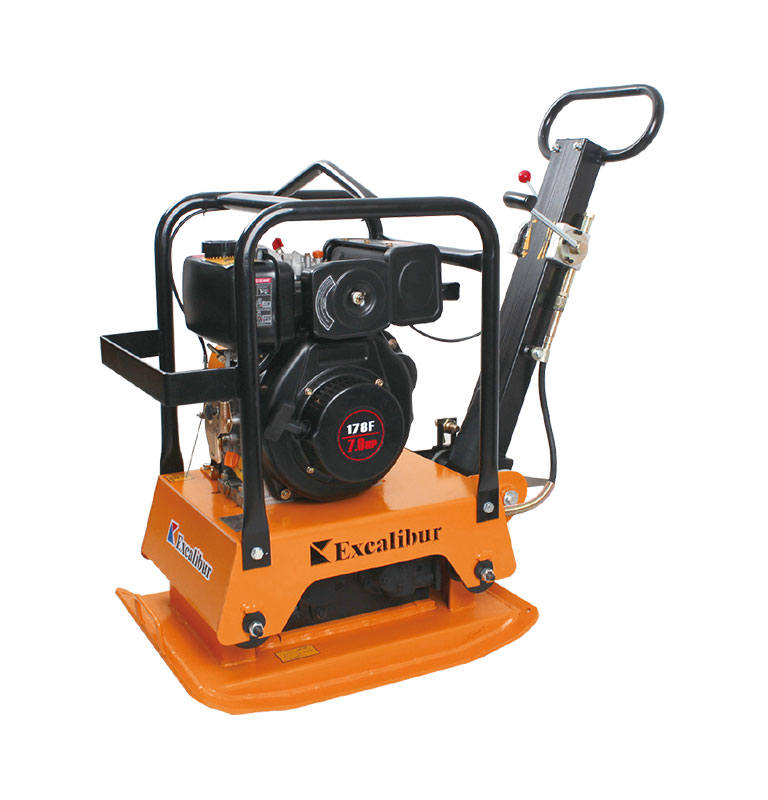
Reversible Direction
- Reversible vibratory plate compactors move both ways, enhancing maneuverability and efficiency, ideal for large areas, increasing productivity without repositioning.
- 20-25m/min Travel Speed
- 3840Hz/3600 Vibration Frequency
- Manual or Electric Start
By Power
Diesel Engine
- Diesel plate compactors are ideal for large-scale, outdoor projects like road construction and parking lots, offering powerful performance for heavy-duty tasks and tough, cohesive soils in diesel ranging from 0#, -10#, to -35#
Electric Motor
- Electric plate compactors are perfect for smaller, quieter tasks like sidewalk paving and landscaping. They offer low emissions, easy maintenance, and fit well in confined spaces with 2.2kW-3kW motors.
Optional Device

All in One Moving Wheels
- Features optional all-in-one moving wheels, making it significantly easier to transport, enhancing mobility and convenience during job site maneuvers and transportation.
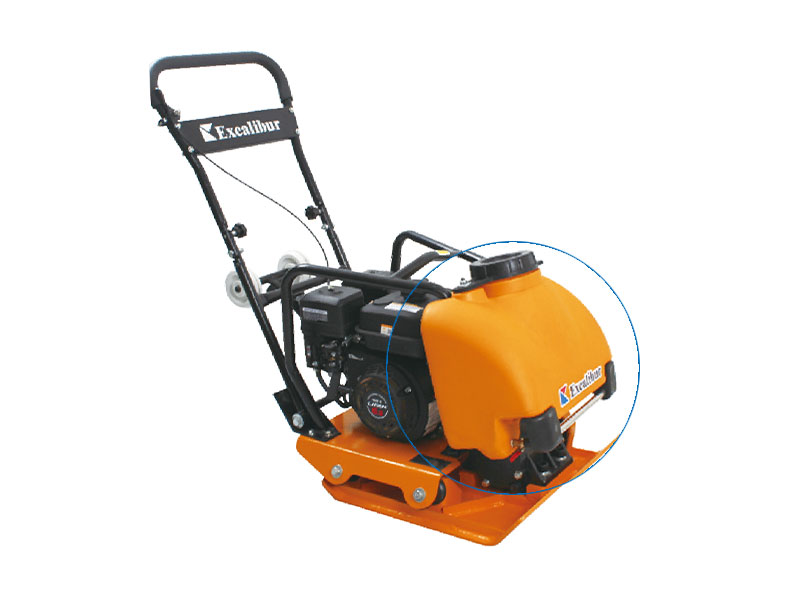
Water Tank
- Can be equipped with a water tank, making it suitable for asphalt working areas by reducing dust and improving surface compaction efficiency.
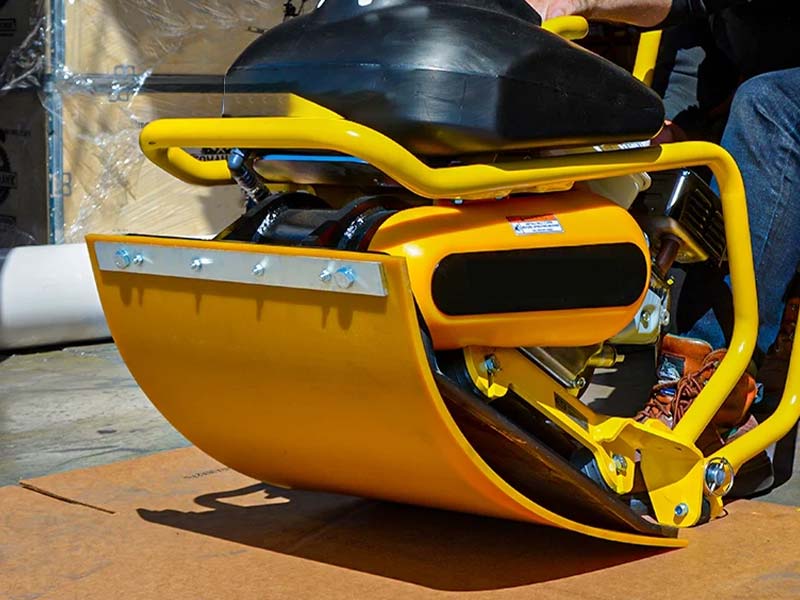
Polyurethane Rubber Pad
- Can be equipped with a polyurethane rubber pad, which helps protect surfaces and enhances its effectiveness for brick paving by preventing damage.
By Compacted Material
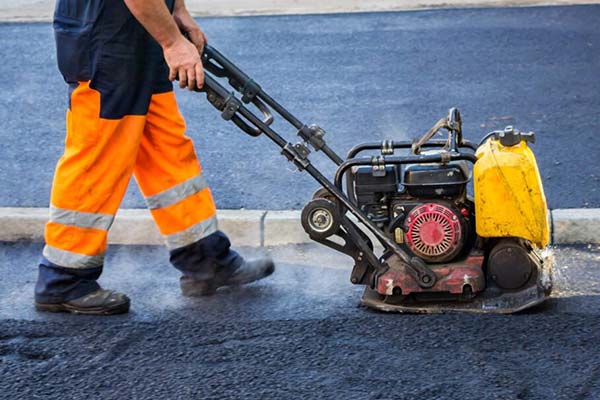
Asphalt
Asphalt Plate Compactor designed for compacting asphalt surfaces, featuring durable plates, high impact forces, anti-vibration handles, and smooth pads to prevent surface damage.
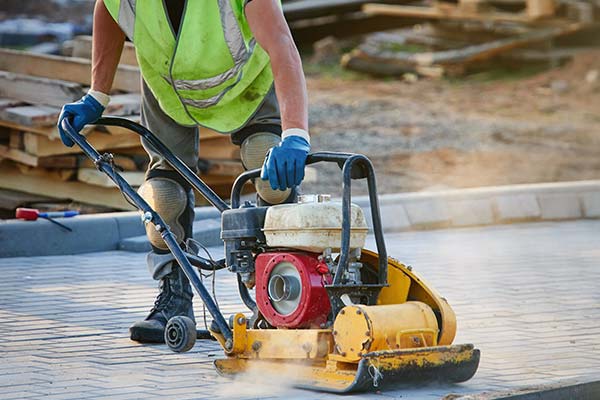
Concrete
Concrete plate compactor is used for compacting concrete surfaces or sub-layers, featuring smooth, vibration-controlled plates to prevent surface damage.
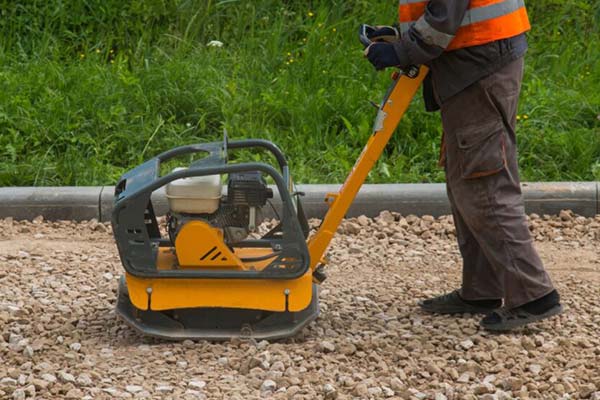
Gravel
Gravel plate compactor is designed with thicker plates and higher vibration force to compact gravel, crushed stone, sand, and crushed rock effectively into dense layers.
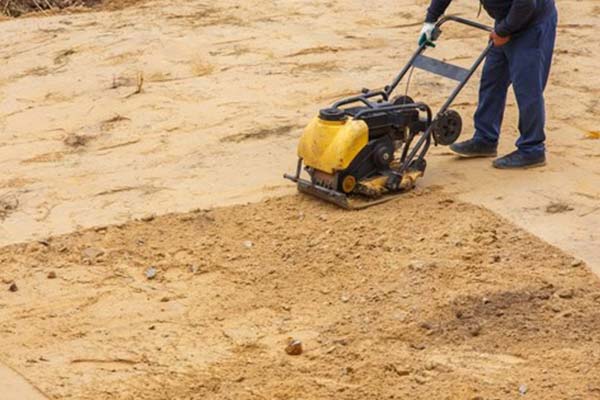
Soil
Soil plate compactor, with larger plates and adjustable weight, compacts loose soil, dirt, and sand, creating solid foundations for concrete, asphalt, or gravel layers.
Applications
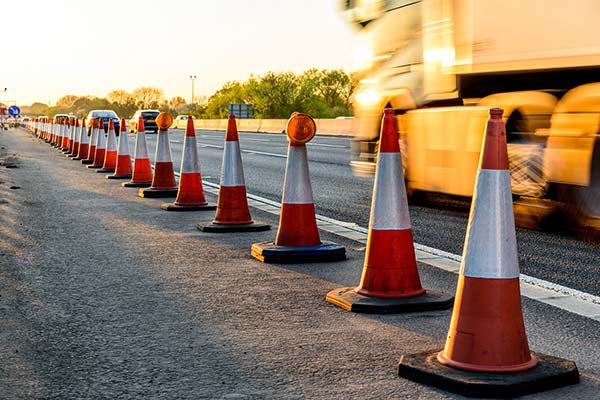
Urban Road Construction
Compacting sub-base layers for roads, sidewalks, and bike lanes, ensuring a stable surface before asphalt paving. Compacting asphalt patches and repairs, reducing air gaps in foundations to enhance durability and prevent wear.
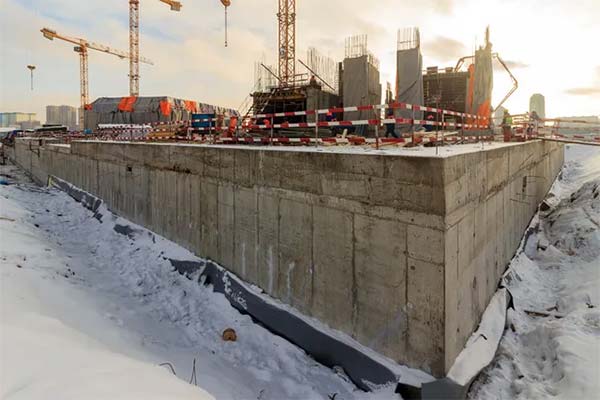
Foundation Construction
Compacts soil layers before concrete pouring, preventing settling and instability. Ensures firm backfill around retaining walls and basements, increasing foundation soil’s load-bearing capacity for stable, long-lasting structures.

Landscaping
Preparing the ground for pavers, patios, and walkways, compacting gravel for driveways, preventing erosion in landscapes, and ensuring stability for decks, pergolas, and retaining walls to enhance durability.
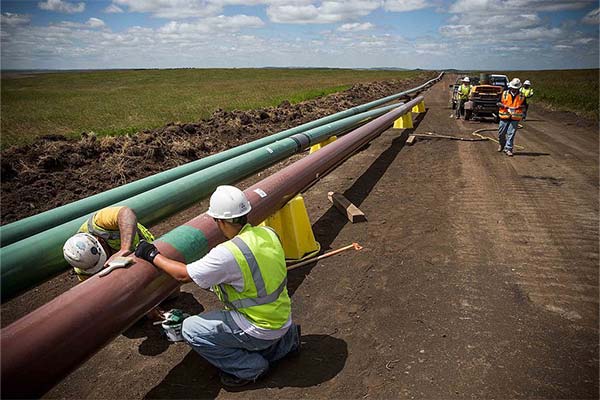
Pipeline
Compacting trench backfill after pipeline installation, preventing pipe shifting and erosion, stabilizing soil around sewage and drainage lines, and ensuring uniform compaction to prevent future ground collapse and maintain structural integrity.
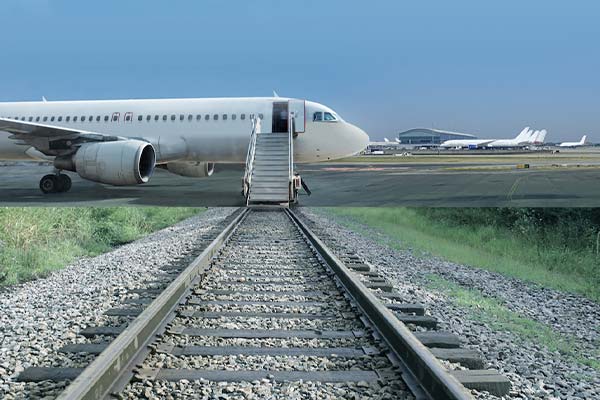
Railways & Airports
Compacting ballast and subgrade for railways, strengthening runways before paving, improving stability for trains and aircraft, and ensuring durability to minimize maintenance costs in transportation infrastructure.

Residential Projects
Preparing compacted surfaces for driveways, sheds, and patios, leveling soil for artificial turf, compacting dirt or gravel for backyard projects, and creating a solid base for walkways, stepping stones, and garden beds.
FAQ
How does a plate compactor work?
It uses vibration and weight to force out air pockets in soil or asphalt, increasing material density and stability.
What are the different types of plate compactors?
The primary types are single-direction plate compactors, reversible plate compactors, and hydraulic plate compactors.
How should I use a plate compactor correctly?
Start the engine, and position the compactor, guide it in straight passes, overlap slightly, and let the machine's weight and vibration do the work.
How many passes are needed when using a plate compactor?
Typically, 3 to 5 passes are enough, but it depends on soil type and compactor weight.
What is the maximum depth a plate compactor can compact soil?
Depth varies by model, but most plate compactors compact soil 4 to 12 inches deep per pass.
How frequently should I maintain my plate compactor?
Regular maintenance includes checking engine oil, fuel levels, air filter, and vibratory components before and after use.
When utilizing a plate compactor, what safety precautions should I take?
Wear safety gloves, boots, and ear protection. Keep hands and feet away from moving parts. Avoid slopes beyond the machine’s capability. Operate only with proper training.
How do I transport a plate compactor?
Use a lift hook or ramp to load the compactor onto a truck or trailer, and secure it to prevent movement during transport.
